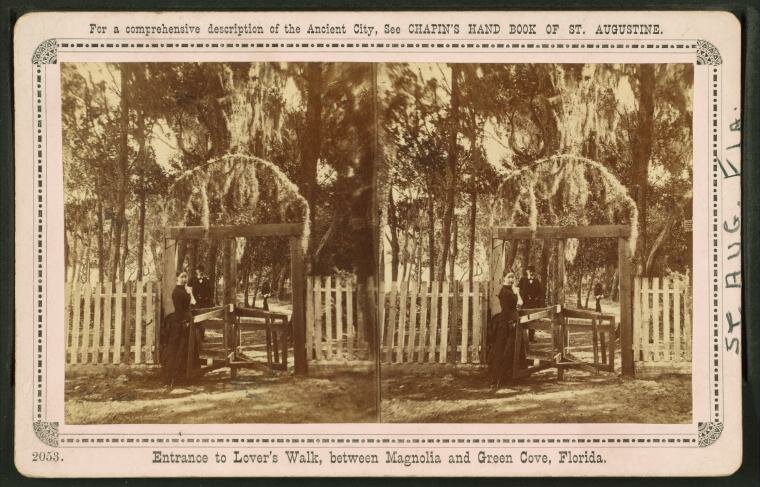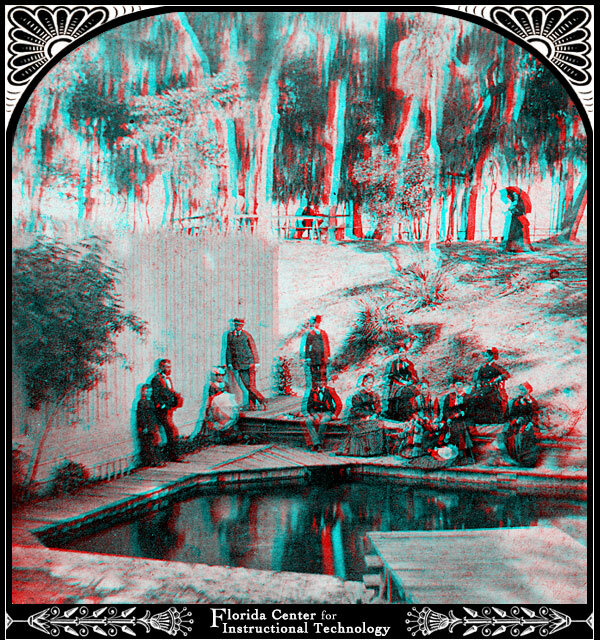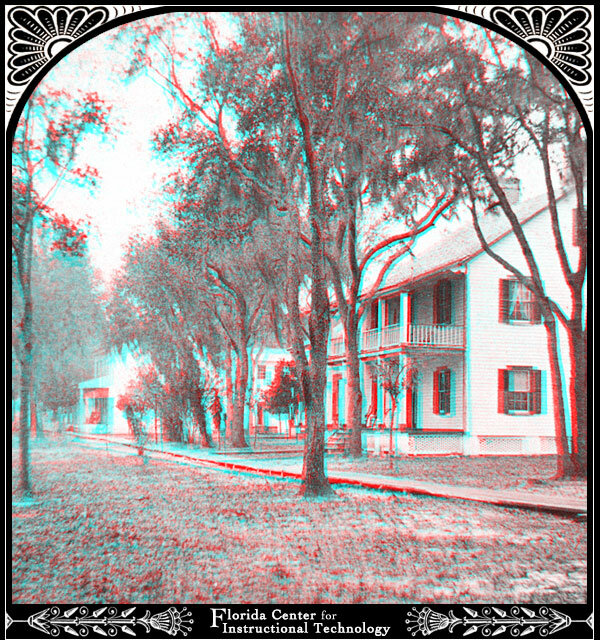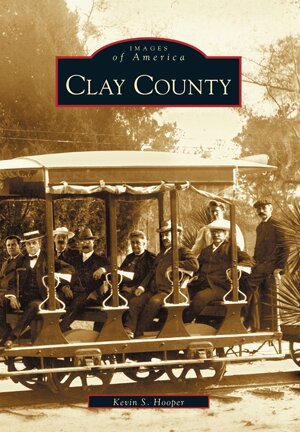Isaac Haas brings 19th-century Clay County to life
jack@claytodayonline.com
A prolific photographer in the 19th-century, Isaac Haas did what most of us do today when we see something interesting – he snapped a photo...
This item is available in full to subscribers.
Attention subscribers
To continue reading, you will need to either log in to your subscriber account, below, or purchase a new subscription.
Please log in to continueDon't have an ID?Print subscribersIf you're a print subscriber, but do not yet have an online account, click here to create one. Non-subscribersClick here to see your options for subscribing. Single day passYou also have the option of purchasing 24 hours of access, for $1.00. Click here to purchase a single day pass. |
Isaac Haas brings 19th-century Clay County to life
Clay County History Month is celebrated every year in May. It is a time of recollection and learning. The focus for this week is Isaac Haas, whose work offers a unique window into the county’s past. This is part one in a four-part series.
GREEN COVE SPRINGS – Curtains of gray Spanish moss swaying in the wind. Steamships chopping up the St. Johns River. The still and silent, opaque-glass water of the Black Creek. Isaac Haas was fascinated with it all, even the flocks of tourists visiting.
From his birth on Aug. 8, 1846, until his death on Dec. 5, 1902, Haas did what most of us do today when we see something interesting – he snapped a photo.
Haas usually captured scenes in stereographic photographs. His visual work was preserved and is a unique window to the county’s past since Haas had the only photography studio in Green Cove Springs.
Kevin S. Hooper’s visual historical work, “Images of America: Clay County”, specifically dedicates a chapter to Haas' work.
Hooper’s book is an excellent place to start for those interested in the county’s history. Each page is interwoven with slices of life over a century in the past for Middleburg, Orange Park, Hibernia – now known as Fleming Island – Magnolia Springs, Green Cove Springs and more.
Today, Green Cove Springs has drastically changed. The city no longer uses a horse-drawn trolley, and steamships no longer dock off the coast. The Clarendon Hotel burned down in 1901, and the Qui-Si-Sana Hotel was eventually torn down. City Hall now stands where it once did.
However, the natural wonders surrounding Green Cove Springs are remarkably similar. The live oak trees, palmettos, birds and alligators along Governors Creek – a hot spot for tourists and Haas’ photography – can still be seen and treasured today.
Flipping through Hooper’s book or Clay County Archives, you’ll notice many of Haas's photographs are in pairs. This was the style of stereographs, which are meant to be viewed through a stereograph viewer. When viewed properly, the double image coalesces into a 3D image.
The stereograph viewer back then can almost be compared to a 19th-century Oculus Rift (a VR headset).
In this way, Haas didn’t merely capture Clay County in the 19th century. If you peered through a sterograph viewer, he made Clay County come alive.























